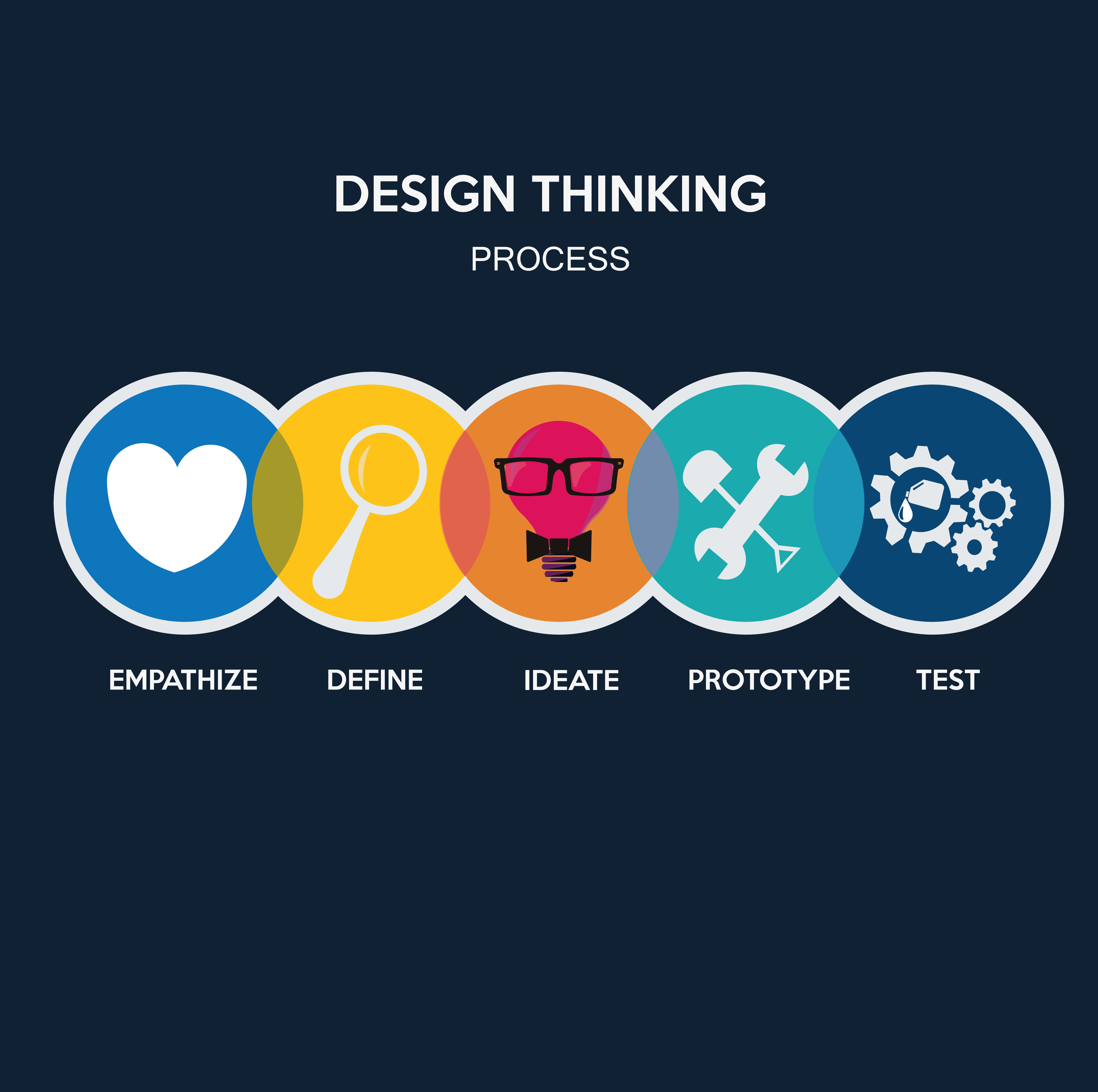
Take a look at a computer keyboard. Have you ever wondered why the letters are arranged the way they are (QWERT…) and not in a way that would make more sense or be easier to remember, such as maybe alphabetical order?
The reason has to do with the design of the earliest mechanical typewriters. In those typewriters, the keys were connected by complex mechanical linkages to the metal rods that had the actual letters at the ends, which struck the inked ribbon and pressed it to the paper, leaving ink in the shape of the letter.
The keys were arranged so when the user typed common two-letter combinations (such as SH or EA) in rapid succession, the rods wouldn’t get jammed together, stopping the typing process mid-word.
Mechanical typewriters are ancient history today, and we can arrange the letters on the keyboard any way we want. Yet despite occasional attempts to promote alternative layouts in the name of ergonomics or increased typing speed (and notwithstanding subtle differences among keyboards designed for different languages), the QWERTY layout lives on.
Why? Because that’s what we’ve been using for almost 150 years, and we’re used to it. There’s no compelling reason to change it that would be better than everyone re-learning how to type.
One product failed miserably because of a fatal design flaw. A cellphone company in India (LAVA) released a phone in 2010 that featured a full, pushbutton keyboard. It might have been a useful product, but nobody bought it because the keyboard’s letters were arranged ABCDE; not the QWERTY layout familiar to nearly everyone on the planet.
A little design thinking might have prevented this colossal flop.
‘Design Thinking’ Defined
What do we mean by “design thinking?” It’s a concept Stanford University’s Hasso-Plattner Institute of Design developed; better known in the Stanford community as the “d.school.” It declares design thinking is an approach to design that emphasizes understanding the problems to be solved, the product’s users, and the environment in which it will be used.
The Stanford design thinking methodology has five phases:
- Empathize: As a designer, put yourself in the end users’ shoes; understand the business context from the users’ point of view.
- Define: This is where the actual business problem to be solved is discovered and documented. You can’t really define the problem before you understand the users’ pain points, the business processes they are trying to execute, and their existing tools’ shortcomings.
- Ideate: In this phase, solution ideas are brainstormed and evaluated based on understanding the problem and needs.
- Prototype: Models of the product are developed using various types of prototyping tools, such as wireframing, 3D printing, and more.
- Test: Business process owners and end users participate in prototypes’ evaluation.
The methodology is an iterative process, with each step performed in partnership with the end users. It’s a far superior approach to solution design than the traditional approach of involving the users only at the very beginning and at the very end, after product launch when it’s too late to easily tweak the design.
None of these concepts are new; they have been used and known by various names in different industries. But only recently has it been formalized into a general design philosophy and methodology.
Design Thinking and AndPlus
You may have noticed something about the design thinking concept: It looks a whole lot like the way AndPlus designs and develops software. Specifically, the design thinking process bears a strong resemblance to our product map sprint.
Product map sprint is a short cycle—usually no more than a couple of weeks—in which we define the initial software product design. In keeping with the Agile software development framework, we use a sprint for this activity so that the team doesn’t get bogged down in “analysis paralysis” and endless discussions striving for a complete, “perfect,” end-state solution design.
We don’t shoot for a complete design from the get-go, because we know it will change somewhere along the way. Businesses are constantly changing and evolving, and a solution that meets a company’s needs might be useless a year or two down the road.
Our goal is to put a stake in the ground with the minimum viable feature set as a starting point for future development sprints to build upon.
The Product Map sprint incorporates the following activities:
- Understanding the problem: We work with business process owners and end users to fully understand the problem to be solved, the business processes involved, the business environment, and the users’ needs. This corresponds with the Empathize and Define phases of design thinking.
- Solution brainstorming: Similar to the Ideation phase of design thinking, the team generates ideas for possible approaches to the problem.
- Solution selection, user journey mapping, and prototyping: Taken together, these activities correspond with the Prototyping phase of design thinking. The team evaluates all the ideas generated in the previous phase, documents the user journeys through the software, and produces an initial prototype of the solution. Depending on the solution, we might use any of several commercially available prototyping or wireframing tools, or we might go low-tech and use scissors, tape, whiteboards, and sticky notes.
- Evaluation: This parallels the Testing phase of design thinking. The customers, including actual end users, are presented with the prototype. They then go through the exercise of simulating task execution in order to validate that it meets their needs and that we are on the right track for the initial version of the product.
Benefits of Design Thinking
The inherently iterative design thinking approach, whether applied to software or any other product, provides a number of advantages over more traditional, linear approaches:
- It ensures a more comprehensive understanding of the problem to be solved and the processes involved.
- Often, by having an outside team look at a problem with a fresh set of eyes, we discover a new or updated tool or product isn’t what the customer needs after all. A simple tweak to a business process might achieve the same result at a fraction of the cost, or perhaps at no cost at all. Or maybe the process is a complete waste and can be safely eliminated altogether.
- By involving the customer early and often, we get continuous feedback on our work, ensuring we are meeting the customer’s often changing needs at all times.
At AndPlus, we understand that design thinking saves countless hours and dollars that would be wasted going down wrong paths and producing solutions that are technically brilliant and practically unusable (like the LAVA cellphone).
By pursuing software design the way we do, we ensure we are providing the right solution that’s needed right now; not solutions that are obsolete upon delivery. We are proud to say that we are steadfast followers of the design thinking philosophy.

















